August 2024’s full moon boasts three unique titles. It qualifies as a supermoon, blue moon, and sturgeon moon.
This rare combination occurs once every 10-20 years on average. Will you witness this celestial trifecta?
Supermoon: How Close Will It Really Get?
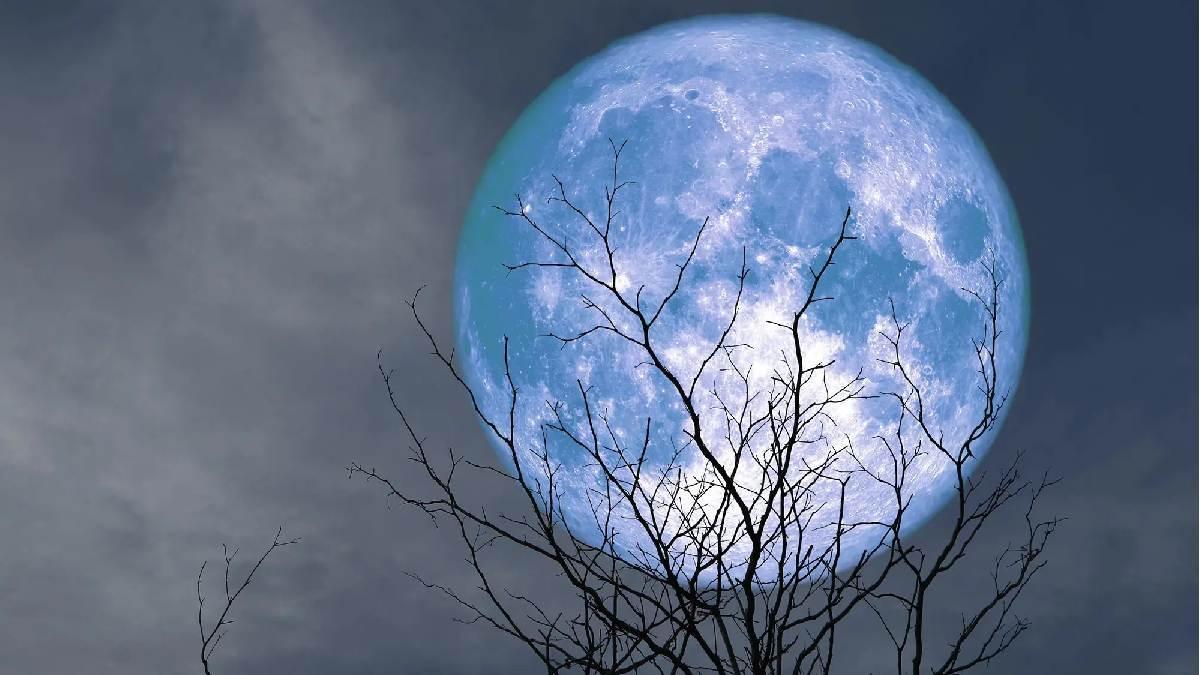
A supermoon appears when the moon orbits closest to Earth. This proximity increases its apparent size by up to 14%.
Supermoons can appear 30% brighter than regular full moons. Can your eyes detect this cosmic close-up?
Blue Moon: Why Isn’t It Actually Blue?

This blue moon marks the third of four full moons this summer. Seasonal blue moons occur every 2-3 years on average.
The term “blue moon” first appeared in English in 1528. Will this misnomer confuse stargazers?
Sturgeon Moon: A Fishy Tale of Time?
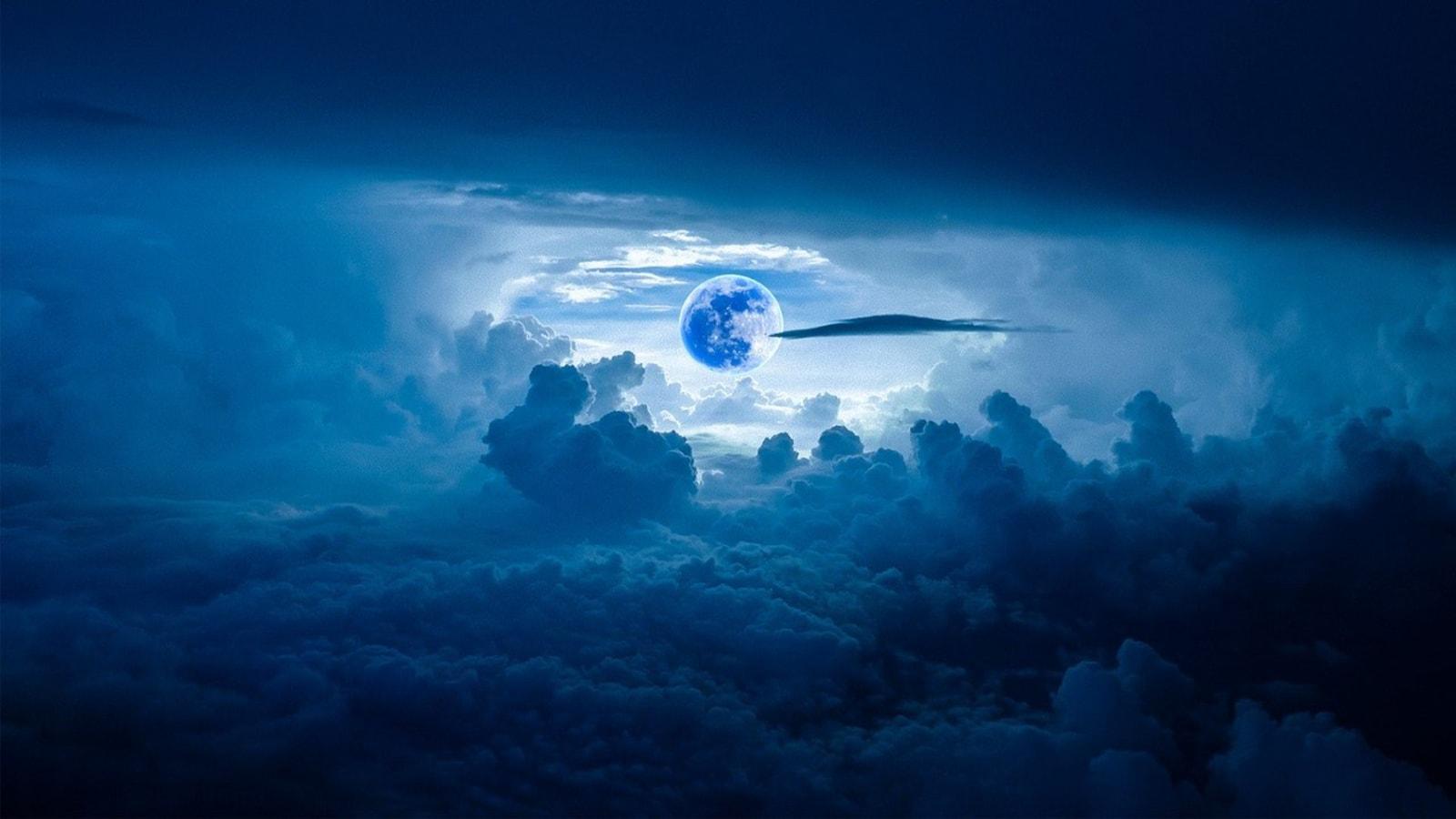
Native Americans named August’s full moon after sturgeon fish. These giant fish were once abundant in the Great Lakes.
Sturgeon populations have declined by 99% since the 1800s. Does this name serve as a conservation reminder?
When to Watch: Peak Fullness or Nighttime Viewing?
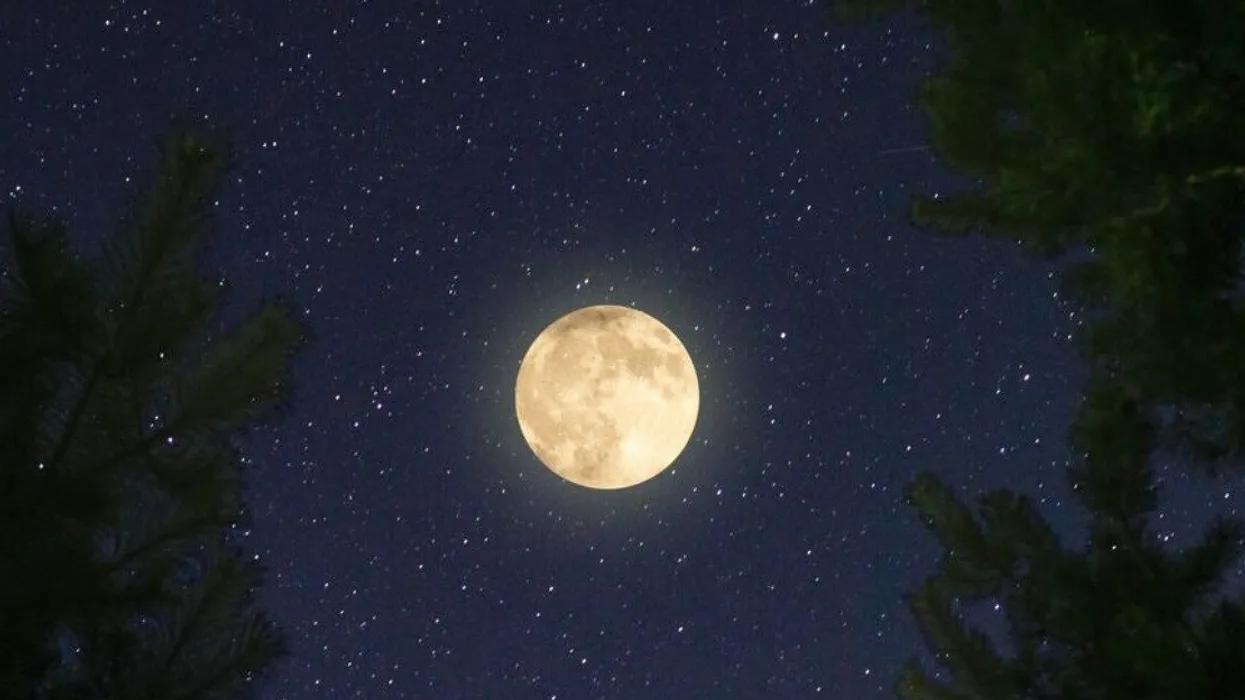
The moon reaches peak fullness at 2:26 p.m. EDT on August 19. It will appear full from August 18-21.
Moonrise on August 19 occurs around 8:15 p.m. EDT for most U.S. locations. Which viewing time will you choose?
Supermoon Origins: Astrology or Astronomy?
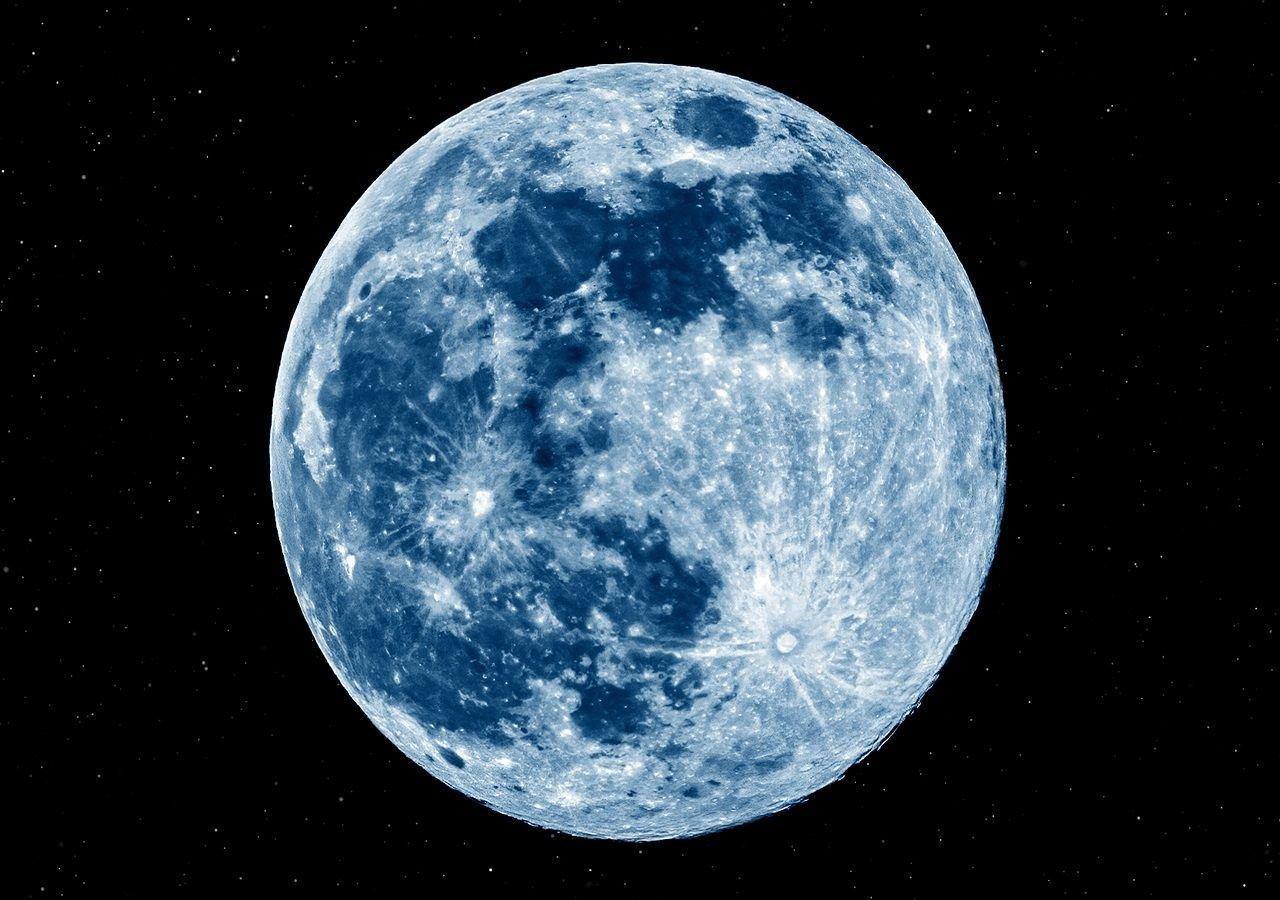
Astrologer Richard Nolle coined the term “supermoon” in 1979. Astronomers debate the exact definition of a supermoon.
Some require the moon to be within 90% of its closest approach to Earth. Does this astrological term belong in scientific discourse?
Blue Moon Confusion: Monthly or Seasonal Rarity?

Two definitions of blue moons exist: seasonal and monthly. The monthly definition arose from a misunderstanding in 1946.
This error persisted in popular culture for decades. Which blue moon definition will prevail?
Lunar Illusions: Can You Trust Your Eyes?

The moon often appears larger near the horizon. This “moon illusion” is a trick of human perception.
No physical changes occur in the moon’s size. Will you fall for this cosmic optical illusion?
Tidal Effects: Will Supermoons Flood Coasts?
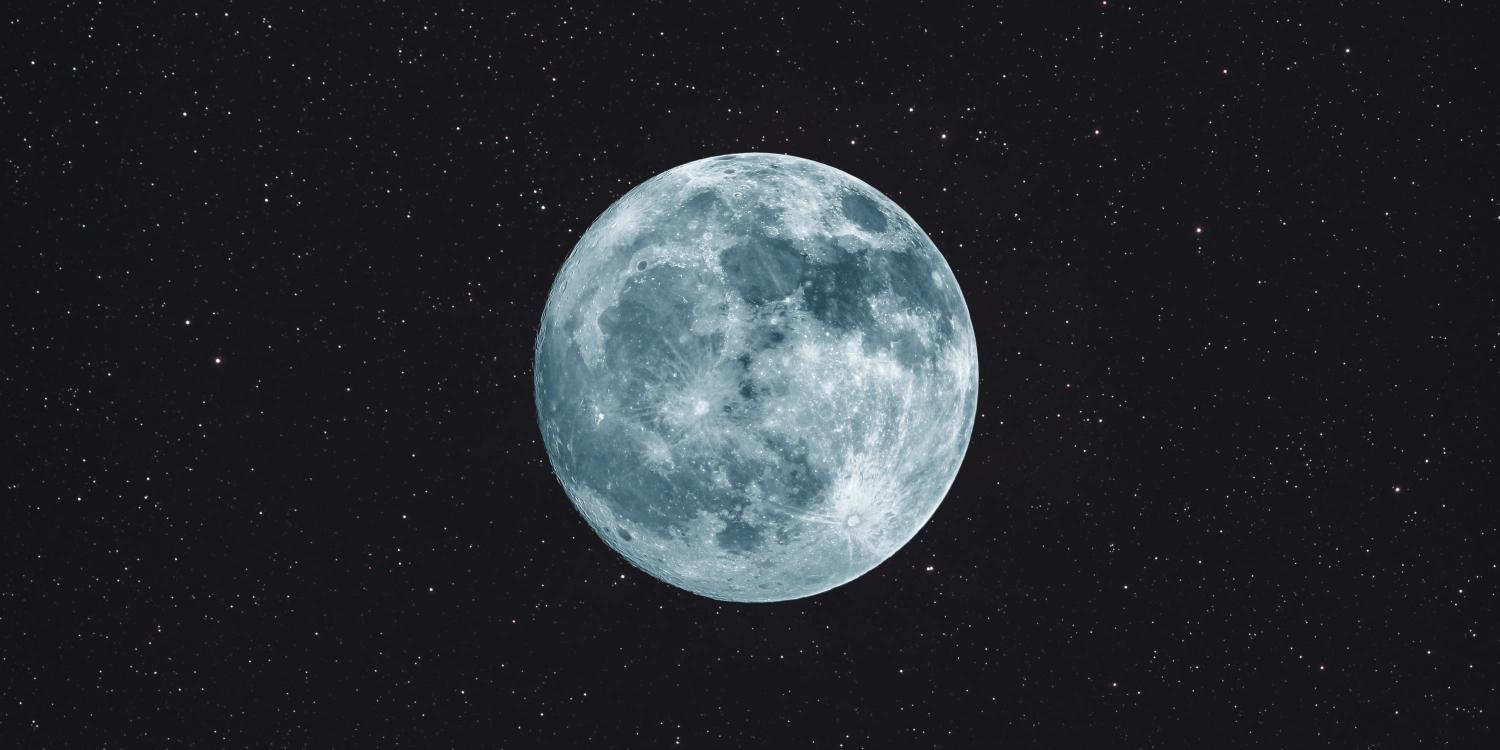
Supermoons can increase tidal ranges by a few inches. Coastal flooding risks may slightly increase during supermoons.
The effect is usually minor compared to weather influences. Should coastal residents worry about supermoon tides?
Future Moons: When’s the Next Celestial Show?
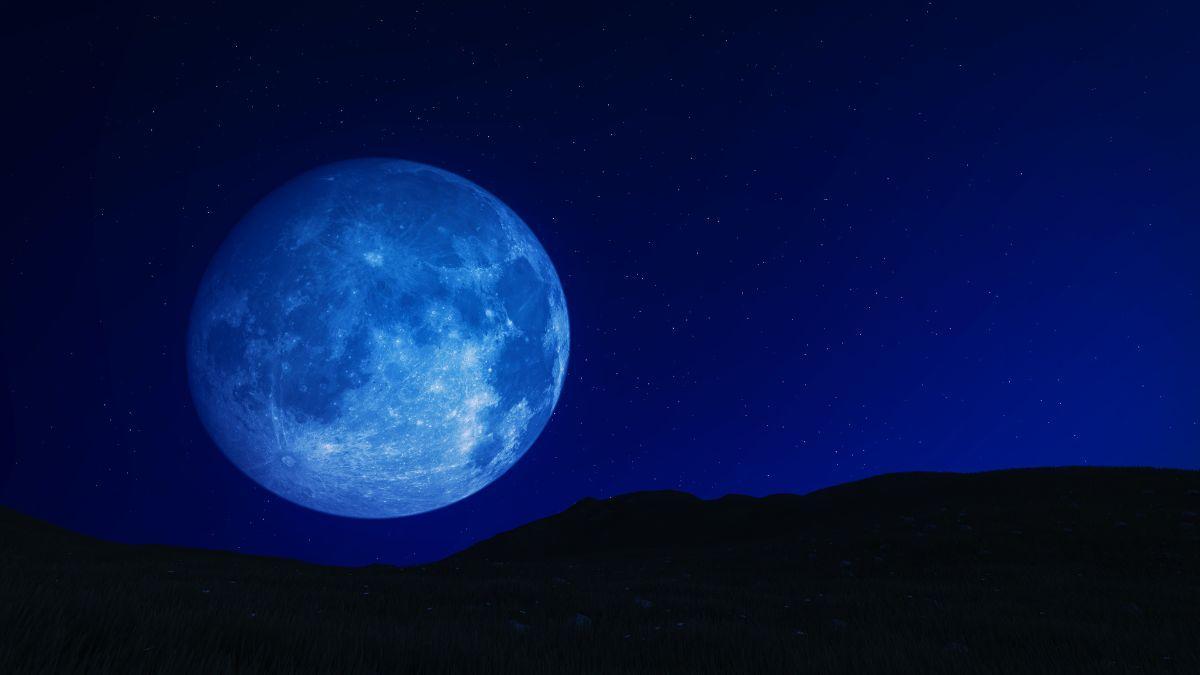
The next super blue moon will occur in January 2037. 2024 will feature two supermoons in August and September.
Lunar eclipses will occur in March and September 2024. Which lunar event will you mark on your calendar?

